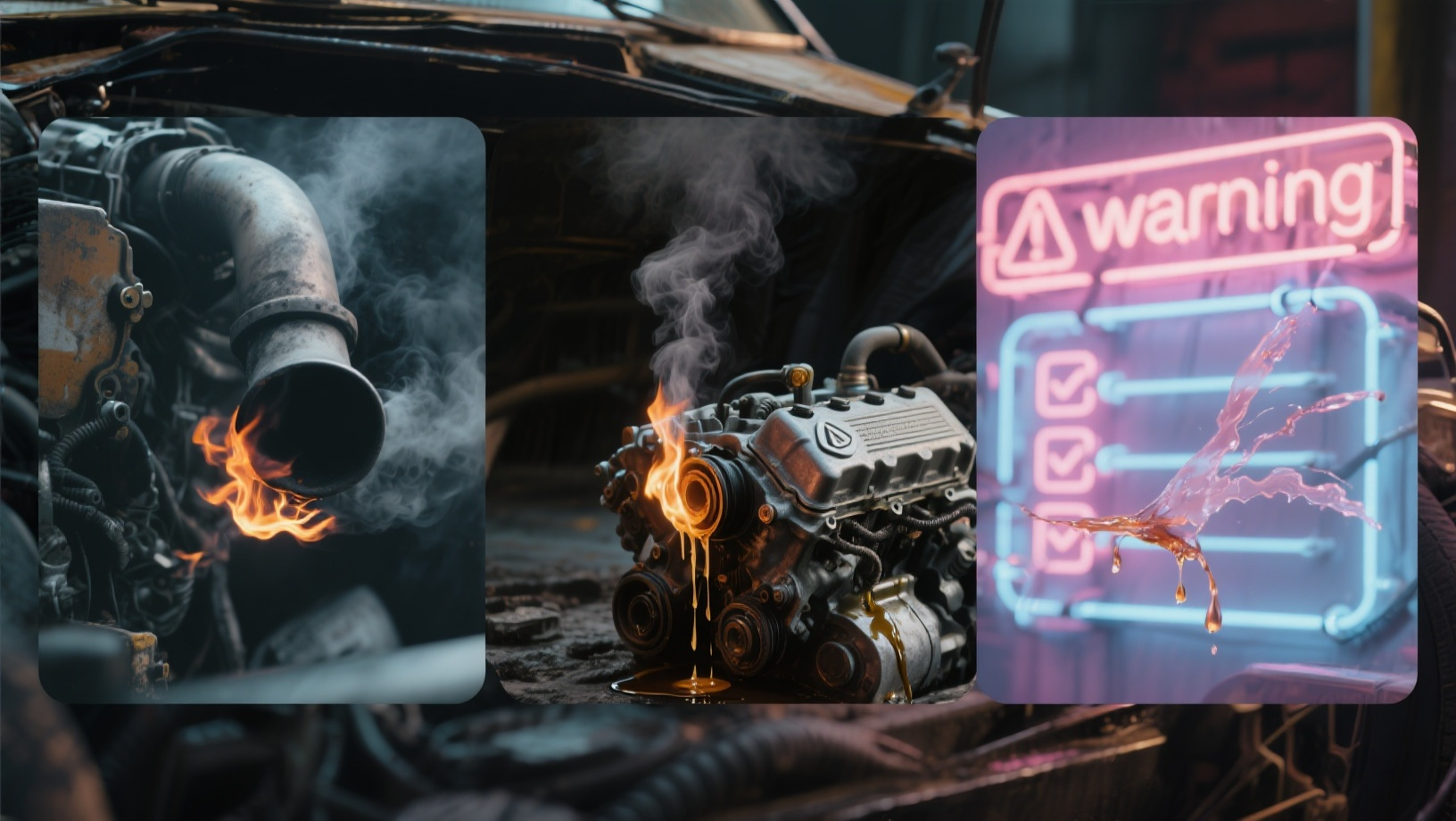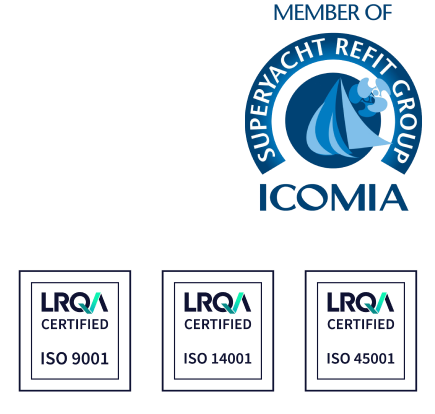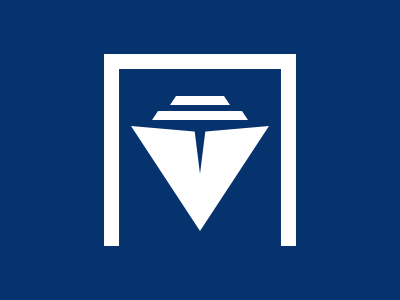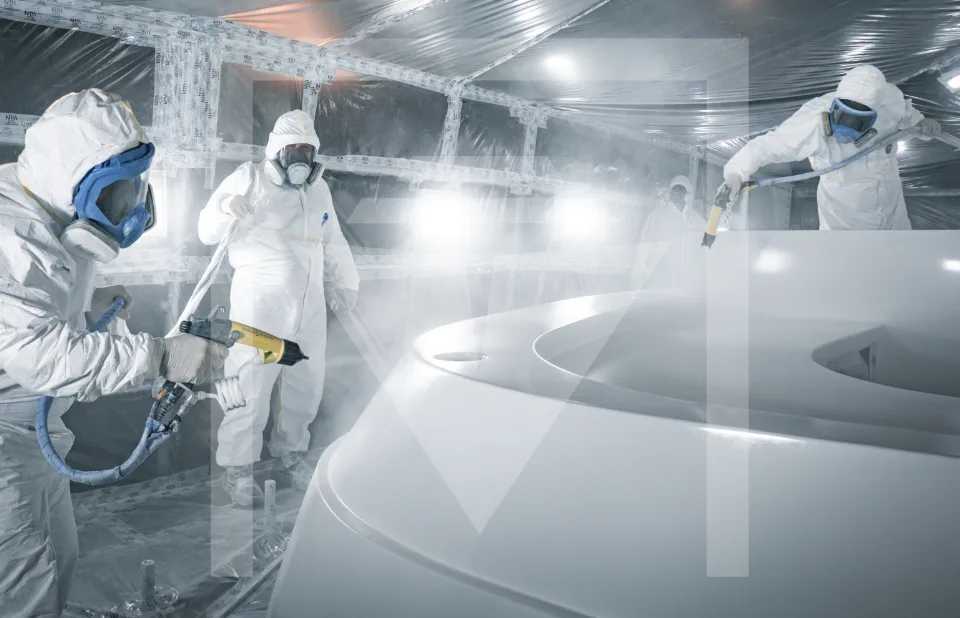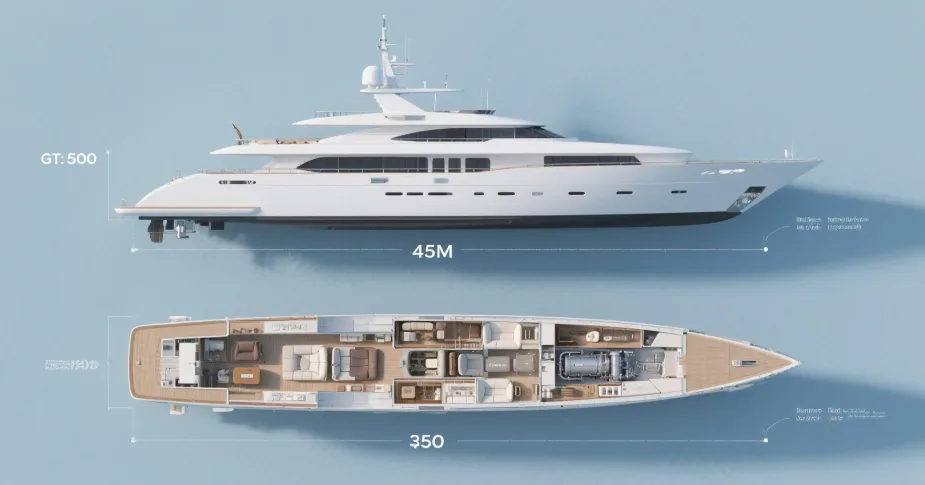Whether you’re a captain, engineer, yacht owner, or part of a management team, the words engine overhaul tend to grab your attention. Not just because they sound serious, but because they often come with big decisions, timelines, and budgets. But what exactly is an engine overhaul, and why is it such a critical part of a yacht’s lifecycle?
Let’s break it down in a way that makes sense, especially if you’re not a marine engineer.
Why Engine Overhaul Matters
The engine is the heart of any yacht. Without it, you’re not cruising, not maneuvering, and not generating the power needed for onboard systems. Over time, even the best-maintained engines wear down from use, age, and environmental factors like saltwater exposure and high load operation. That’s where engine overhauls come in.
An overhaul is about restoring performance, preventing failures, and extending the lifespan of the engine. Done right, it can mean smoother cruising, fewer breakdowns, and a better return on your investment.
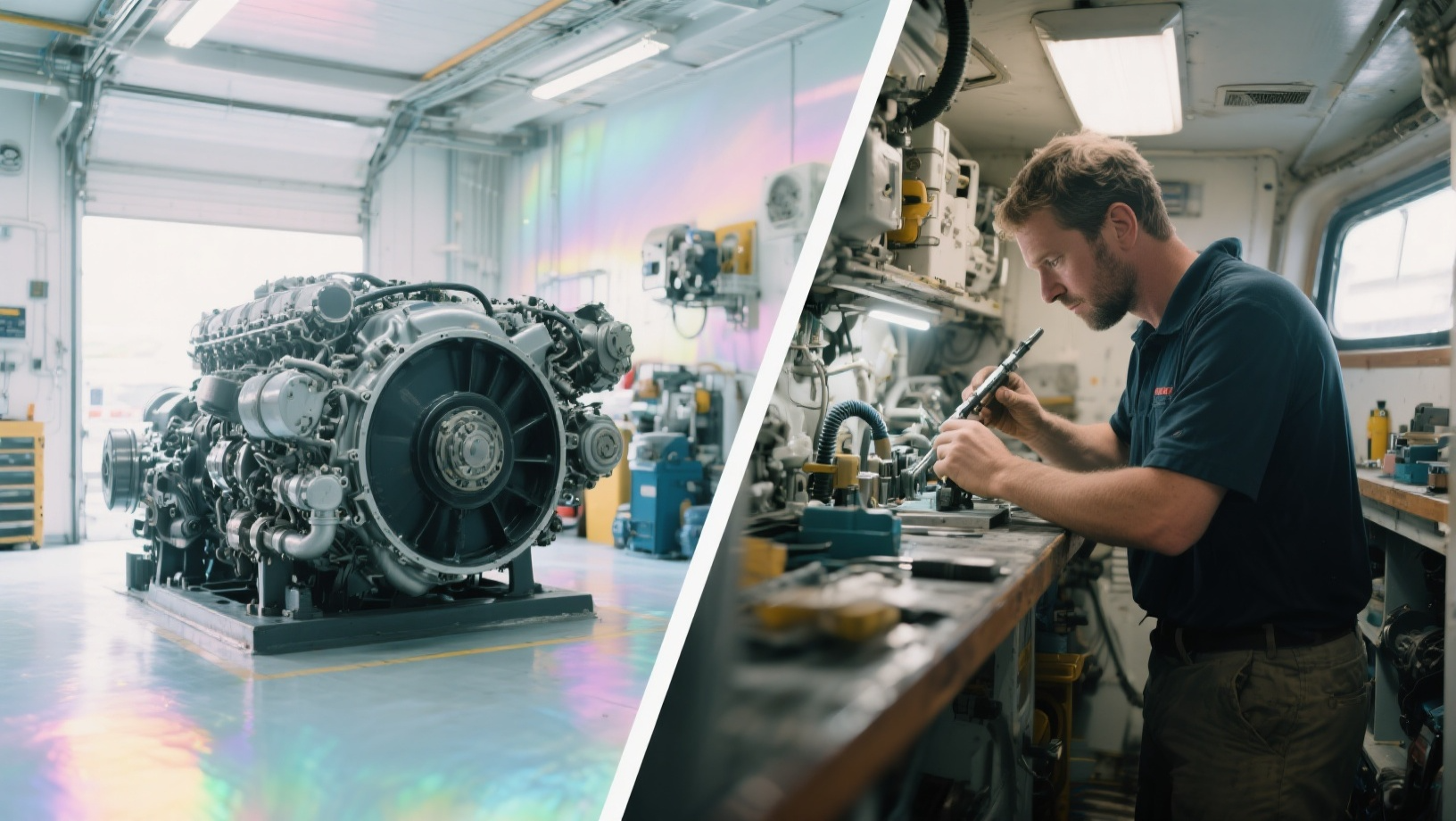
So, What Exactly Is an Engine Overhaul?
An engine overhaul is a comprehensive internal inspection, cleaning, repair, and replacement of components within the main engine. It’s more than just routine servicing. Think of it as hitting the reset button on the internal health of your engine.
The overhaul can be:
-
Top-end overhaul: Focuses on components like cylinder heads, injectors, valves, and turbochargers.
-
Major or full overhaul: Goes deeper, involving pistons, liners, crankshaft, bearings, and oil pumps.
During this process, the engine is typically partially or fully disassembled, each part is cleaned and inspected, tolerances are checked, and any worn or damaged components are either rebuilt or replaced.
Common Misconceptions
One common mix-up is between an engine overhaul and a repower. While both involve major engine work, repowering means replacing the engine entirely, often with a newer model. Overhauling keeps the existing engine block but restores it to a near-new condition internally.
Another misconception is thinking overhauls are only for old engines. In reality, even newer engines may need an overhaul if they’ve been run hard, poorly maintained, or have accumulated enough hours.
Who Needs to Think About Engine Overhaul?
If you’re in yacht operations, engineering, or management, you’ll likely deal with overhauls at some point. They become especially relevant when:
-
A yacht has reached a certain number of operating hours (often 10,000 to 20,000 depending on engine type)
-
There are signs of performance loss like smoke, high fuel consumption, or overheating
-
The yacht is undergoing a major refit or survey
-
You’re preparing for long-distance cruising or commercial charter use
Even for yacht beginners, understanding what an overhaul means can help with maintenance planning or purchasing decisions.
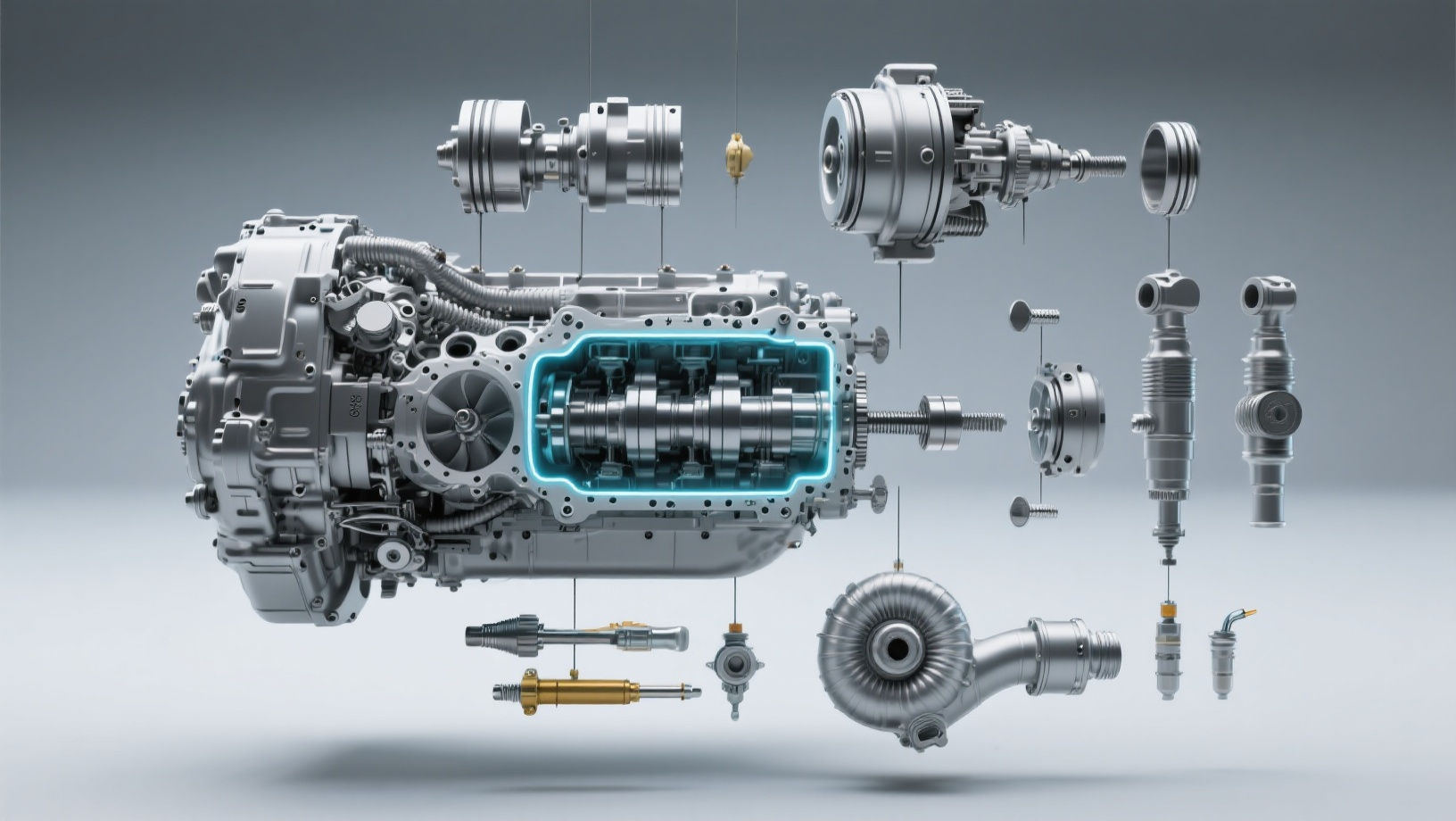
What Makes a Good Overhaul?
There’s a big difference between just swapping a few parts and a true overhaul. A professional engine overhaul should:
-
Follow manufacturer guidelines and service intervals
-
Be carried out by qualified marine technicians
-
Use OEM or certified-quality parts
-
Include precision measurements, not just visual inspections
-
Be documented for classification societies or resale value
A well-executed overhaul can add thousands of hours of reliable operation. A rushed or incomplete one can lead to repeat problems or catastrophic failure.
How the Process Works
Here’s a simplified version of what usually happens during a full engine overhaul:
-
Initial assessment: Includes performance checks, oil analysis, and fault history.
-
Engine disassembly: Components are carefully removed and labeled.
-
Cleaning and inspection: Each part is cleaned and measured against manufacturer specs.
-
Rebuild phase: Damaged parts are replaced, and reusable components are reassembled to factory tolerances.
-
Recommissioning: The engine is reinstalled, aligned, and tested under load conditions.
Sometimes, the engine can be overhauled in situ, especially on smaller yachts. But more often, it’s removed and sent to a controlled workshop environment for precision work.
An engine overhaul might not be the most glamorous part of yacht ownership, but it’s one of the most impactful. It restores confidence in your vessel’s reliability and ensures you’re not left adrift due to a preventable failure. For large yachts especially, it’s a key part of lifecycle management and a smart investment in long-term performance.
Have you planned for your next engine overhaul, or are you wondering if your yacht is due for one? We’d be curious to hear how different crews and management teams handle this essential task.
FAQ: Engine Overhaul in Yachting
How do I know when my yacht’s engine needs an overhaul?
Besides hitting the manufacturer’s recommended service hours, signs like excessive smoke, hard starting, reduced power, high oil consumption, or overheating can point to internal wear. An oil analysis or engine diagnostics can also reveal early warning signs before serious damage occurs.
Can I just replace a few parts instead of doing a full overhaul?
In some cases, a top-end refresh might be enough if the lower components are still within spec. But patching only part of the engine can be risky if wear is more widespread. A full assessment helps avoid repeating the same work down the line.
How long does an engine overhaul usually take?
It depends on the engine size, type, and whether the overhaul is done in situ or in a workshop. A basic top-end overhaul might take a few days, while a full rebuild could take several weeks, especially if parts need to be ordered or machined.
Will an engine overhaul affect my yacht’s resale value?
Definitely. A properly documented overhaul can boost buyer confidence and support a stronger resale price. It shows that the yacht has been responsibly maintained and that major mechanical risks have been addressed.
What’s the cost range for an engine overhaul on a yacht?
Costs vary widely based on engine size, condition, and parts availability, but they can range from a few thousand euros for small auxiliary engines to six figures for large main propulsion engines on superyachts. Budgeting should always include labor, parts, and testing.
Can engine overhauls be scheduled around the charter calendar?
Yes, but it requires careful planning. Many yacht operators schedule overhauls during the off-season or yard periods to avoid impacting charters. Delays can happen, so build in buffer time around delivery and testing.
Are there digital tools or logs to track engine health before an overhaul?
Yes. Many modern yachts use engine monitoring systems that log hours, fuel rates, temperatures, and fault codes. These digital logs help crews and engineers spot patterns and plan overhauls more proactively.
What happens if you skip an overdue engine overhaul?
Delaying an overhaul increases the risk of catastrophic failure, which can be far more costly and disruptive. It also puts strain on other engine components, reduces efficiency, and can lead to unplanned downtime or safety concerns during voyages.
